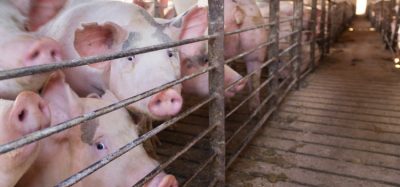Simultaneous droughts could cause food insecurity worldwide, says study
Posted: 9 February 2022 | New Food Magazine | No comments yet
Droughts occurring at the same time across different regions across the world could place a strain on the global agricultural system and threaten the water security of millions of people, according to a new study.


A Washington State University-led research team analysed climate, agricultural and population growth data to show that continuing fossil fuel dependence will increase the probability of co-occurring droughts by 40 percent in the mid-21st century and 60 percent by the late 21st century, unless steps are taken to lower carbon emissions. The findings were published in the Nature Climate Journal.
“There could be around 120 million people across the globe simultaneously exposed to severe compound droughts each year by the end of the century,” said lead author and researcher Jitendra Singh, “Many of the regions our analysis shows will be most affected are already vulnerable and so the potential for droughts to become disasters is high”.
The researchers’ analysis specifically focused on ten regions that receive most of their rainfall during June to September, have high variability in monthly summer precipitation and are affected by El Niño–Southern Oscillation (ENSO) variations; factors that lead to an increased potential for co-occurring drought. Several of the regions analysed include important agricultural regions and countries that are currently facing food and water insecurity.
According to the researchers, their results indicate areas of North and South America are more likely to experience compound droughts in a future, warmer climate than regions of Asia, where much of the agricultural land is projected to become wetter.
Food produced in the Americas could therefore be more susceptible to climatic hazards and lead to food insecurity.
“The potential for a food security crisis increases even if these droughts aren’t affecting major food producing regions but rather many regions that are already vulnerable to food insecurity,” said co-author Weston Anderson, an assistant research scientist at the Earth System Science Interdisciplinary Center at the University of Maryland. “Simultaneous droughts in food insecure regions could in turn amplify stresses on international agencies responsible for disaster relief by requiring the provision of humanitarian aid to a greater number of people simultaneously.”
There is good news however, as the researchers’ work is based on a high fossil fuel emissions scenario, and in recent years, the global community has made progress toward lowering carbon emissions. Anderson confirmed this would greatly mitigate the frequency and intensity of co-occurring droughts by the end of the 21st century.
Related topics
Related organisations
Nature Climate Journal, University of Maryland, Washington State University








